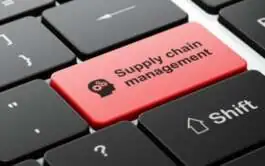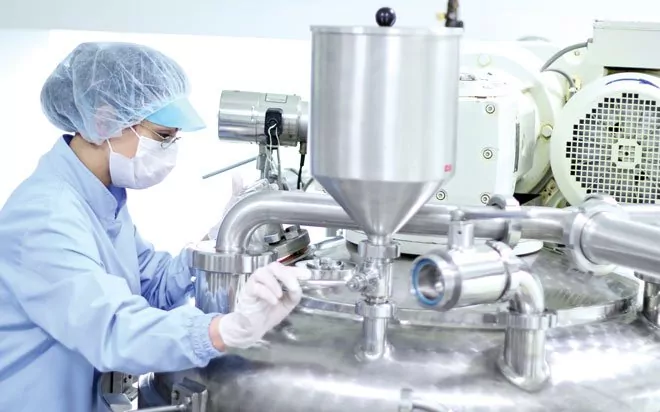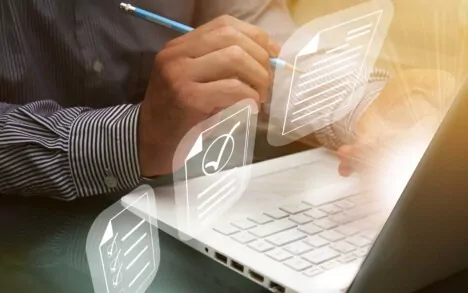The Pharmaceutical industry cannot afford to compromise on cleanliness. Product contamination results in wasted effort and resources, or worse, creates health and safety issues that can compromise a company’s reputation and customer confidence. What are the various elements of a basic cleaning validation study? DETERMINE THE MOST APPROPRIATE CLEANING PROCEDURE FOR THE EQUIPMENT Generate acceptance criteria data for the contaminant. The cleaning validation must demonstrate that the procedure consistently removes residues of the substance previously manufactured down to levels that are acceptable. In addition, it must be demonstrated that the cleaning procedure itself does not contribute unacceptable levels of residual materials to the equipment. The limits set should be practical, justifiable and achievable. In Active Pharmaceutical Ingredient manufacture there may be partial reactants and unwanted by-products which may not have been chemically identified. Therefore, it may be necessary to focus on by-products as well as the principle reactant. Companies should decide on which residue(s) to quantify based on sound scientific rational. The cleaning method will be determined by the process, the equipment, the cleaning agents and the cleaning techniques available. Cleaning Methods Determination: Cleaning in Place (CIP) Systems while requiring a greater capital investment initially are of course less labour intensive, have no disassembly or reassembly and produce highly repeatable results. In addition, they are deemed safer for workers with less chemical exposure and effectively help to manage water and chemical costs. Cleaning out of Place (COP) Systems would be employed in situations where process equipment needs to be disassembled for cleaning, typically equipment that is small, complex, or difficult to clean. COP systems can also be used in conjunction with manual cleanings when a CIP system isn’t in the budget. Usually lower investment than CIP systems, COP systems deliver consistent results, provide a cost savings over manual cleanings, and saves on time, chemical, and water usage. All aspects of the cleaning procedure should be clearly defined in SOPs be they manual / CIP or COP. DEVELOP AND VALIDATE THE SAMPLING AND CHOSEN ANALYTICAL METHODS FOR THE COMPOUND(S) BEING CLEANED
- Sampling
In developing the sampling plan for a validation study, it makes scientific sense to incorporate an understanding of the acceptance criteria and the limitations of the sampling method relative to the surface to be sampled. The two methods of sampling generally employed are swab and / or rinse sampling. The selection of either of these techniques must be consistent with sound scientific judgment and must support the objective of the study, which is to demonstrate that the amount of residual material in the equipment has been reduced to acceptable levels.
- Analytical methods
In order for the analytical testing of the cleaning validation samples (swabs or rinses) to yield meaningful results, the analytical methods used should be validated. This should be documented. The basic requirements are: – The ability to detect the target substance(s) at levels consistent with the acceptance criteria – The ability to detect the target substance(s) in the presence of other materials that may also be present in the sample (selectivity) EVALUATE EQUIPMENT SURFACES Determine:
- Worst case locations to sample (swab sampling)
- Volume and type of rinse solvent to be employed (rinse sampling)
- Equipment surface area (necessary to calculate carryover into subsequent batches)
DEVELOP A CLEANING VALIDATION PROTOCOL FOR THE PRODUCT AND THE EQUIPMENT BEING CLEANED That should encompass for example: 1. Introduction 2. Scope 3. Equipment 4. Cleaning procedure 5. Sampling procedures 6. Analytical testing procedure 7. Acceptance/Cleaning limits. 8. Acceptance criteria for the validation. GENERATE A CLEANING VALIDATION REPORT DETAILING THE ACCEPTABILITY OF THE CLEANING PROCEDURE FOR THE EQUIPMENT AND THE PRODUCT The report should give a full detailed background and introduction to the cleaning validation study and should evaluate all data generated with respect to the acceptance criteria employed for the study. The report should also indicate the requirement, if any, for revalidation (period of time /change control etc.). If you would like PharmaLex Ireland – a PharmaLex Company to assist your organisation , please contact us at +353 1 846 47 42 or contactirl@pharmalex.com.







